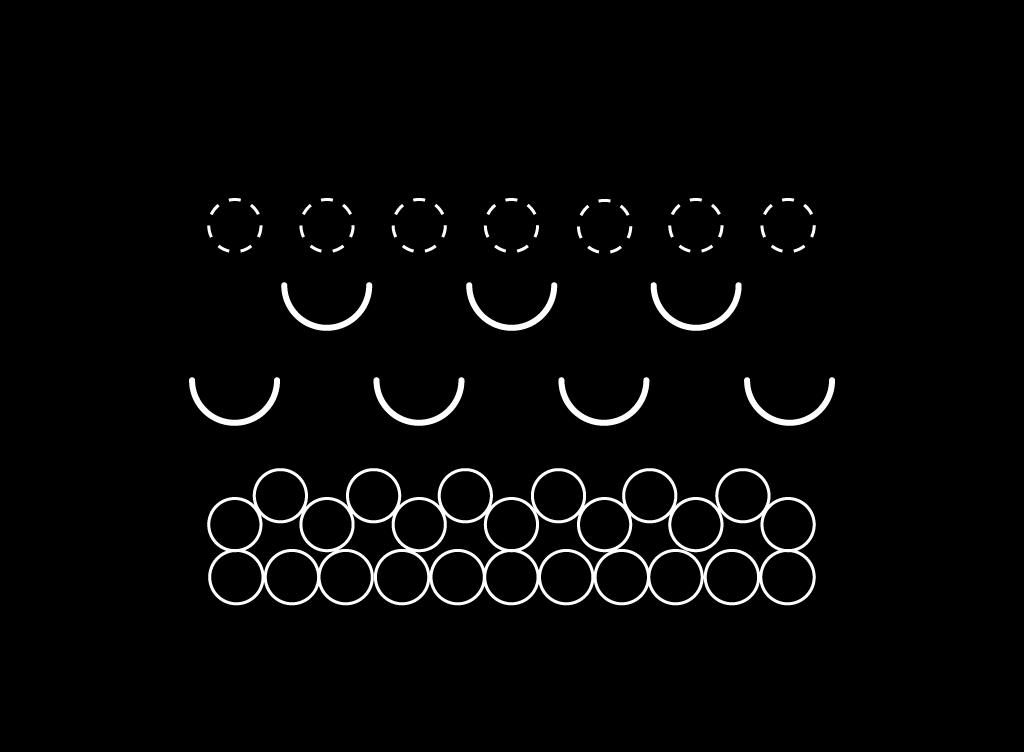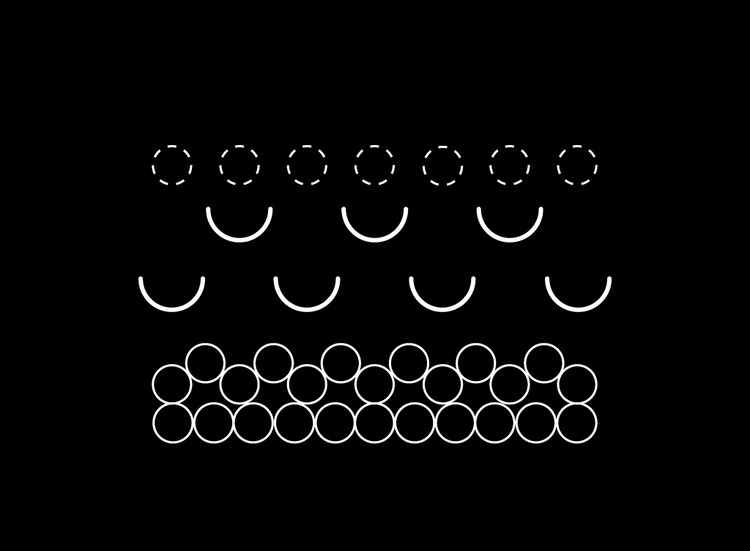How to add acids to your skincare routine
From salicylic to hyaluronic, AHAs to BHAs, skincare acids can seem like a confusing world—but there’s no need to miss out on their benefits just because you don’t know where to start.


Although acids can sound intimidating due to what you might have learnt about certain types in high-school chemistry, skincare acids are a completely different story. Acids are most definitely not always harsh, corrosive substances, and can be beneficial to your skin when not overused.
You’ll likely be familiar with salicylic acid, as it’s one of the most popular skin care acids, and is also the primary beta-hydroxy acid (BHA). Unlike alpha-hydroxy acids (AHAs) which work by dissolving and lifting dead skin on the surface, salicylic acid is an oil-soluble acid that can penetrate deep into the skin to work on clogged pores, freeing trapped oil and dirt. For this reason, it’s often featured in blemish treatments and as a solution to acne-prone skin or for oily or combination skin types. BHAs have been proven to cause less potential skin irritation than AHAs, making salicylic acid a popular choice for those with sensitive skin.
However, AHAs can work for sensitive skin too, as we’ve shown by formulating our new daily all-in-one serum THE PILL. As we explained when talking about chemical exfoliation, alpha-hydroxy acids each work in slightly different ways to benefit the skin. We use a blend of Lactic, Glycolic, Citric, Malic, Mandelic and Tartaric Acids to brighten, gently exfoliate and resurface the skin, extracted from natural sources; pineapple, bilberry, sugarcane, citrus and passion fruit.
Lactic acid and citric acids are mild and focused on gently exfoliating the skin, helping the skin retain moisture to leave it bright and even. Glycolic is the simplest in structure, the smallest, and has the lowest molecular weight meaning it's easy for it to penetrate your skin and deliver results. Malic acid and mandelic acids boost the exfoliating properties of these other acids, while Tartaric is rich in antioxidant properties.
Hyaluronic acid is a moisturizing acid. Unlike other acids, it does not dissolve dead skin cells; it's a natural carbohydrate and humectant found in the human body that cushions and lubricates skin by attracting moisture. Dry skin types can find that overuse of hyaluronic acid can actually exacerbate their skin issue, as, if you are not using a moisturizer on top of hyaluronic acid, it can draw moisture from the deeper layers of the skin and increase transepidermal water loss (TEWL).
Another acid that naturally occurs in our skin is PCA (pyrrolidone carboxylic acid), but as we age, levels drop quite considerably. Sodium PCA hydrates and helps to replenish skin by holding several times its weight in water. Similarly to hyaluronic acid, it is a humectant and also considered to be hygroscopic, with the ability to absorb moisture from the air.
Although you’ll often find concentrations of various acids stated on skincare packaging, we’ve balanced the effective acids in THE PILL with nutrients from the earth for a skin-soothing effect that is designed to be used daily without causing irritation. With no need to build up usage, we simply recommend doing a patch test if you have particularly sensitive skin. All the acids we’ve incorporated, are, unlike salicylic acid, for all skin types and so THE PILL doesn’t need to be used alongside retinols or other AHA products to deliver results—just apply a moisturizer after to lock in the benefits.